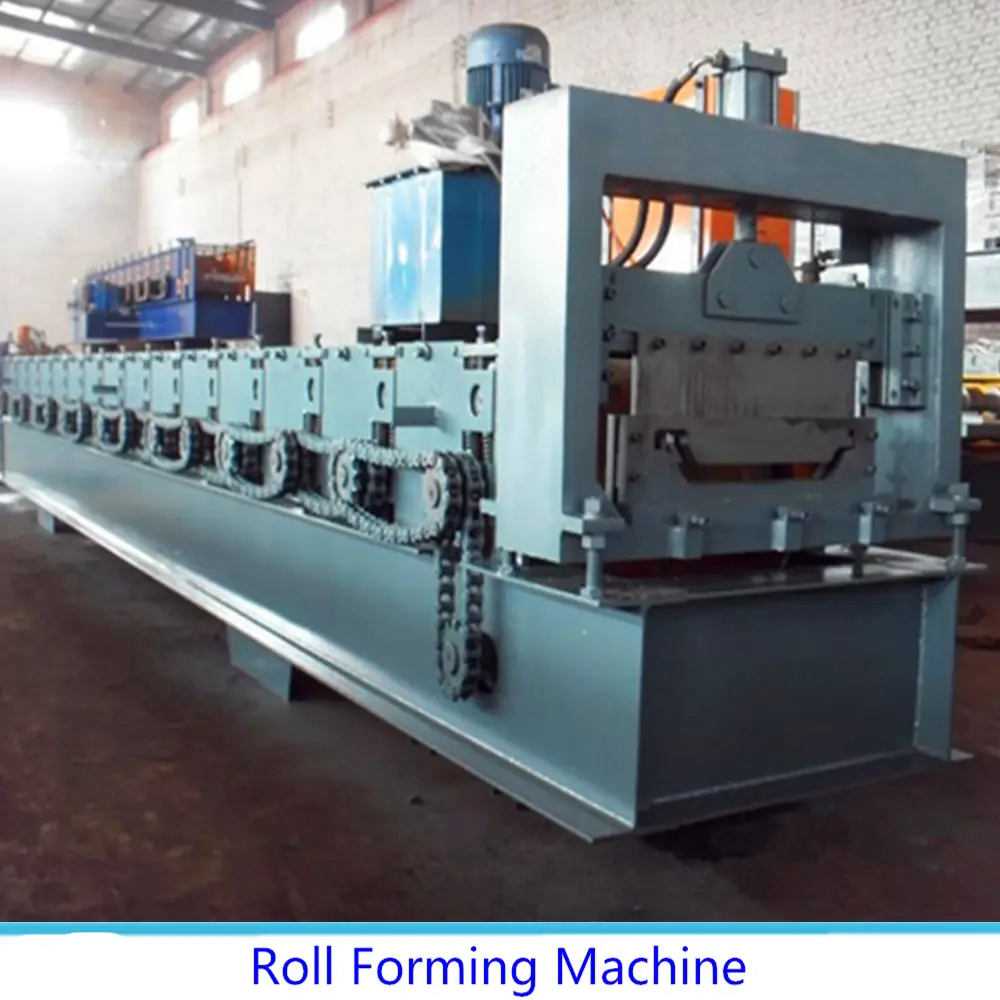
The Significance and Functionality of Metal Stud Machines in Modern Construction
In the realm of modern construction, the efficiency and quality of building materials play a pivotal role in determining the longevity and durability of structures. One of the innovative advancements in this field is the metal stud machine, a tool that revolutionizes the way metal studs are manufactured and utilized in various construction projects. This article delves into the significance, functionality, and operational aspects of metal stud machines, emphasizing their crucial role in contemporary building practices.
The Rise of Metal Studs
Traditionally, wood has been the go-to material for framing in construction. However, in recent years, metal studs have gained immense popularity due to their numerous advantages. Metal studs, commonly made from steel, offer superior strength, durability, and resistance to various environmental factors such as fire, pests, and rot. Additionally, they are lighter than their wooden counterparts, facilitating easier handling and installation.
As the demand for metal studs grows, the emergence of metal stud machines has transformed the fabrication process, allowing for precision and efficiency that manual methods simply cannot achieve. These machines automate the cutting, shaping, and assembling of metal studs, enabling manufacturers to produce large quantities with consistent quality.
Functionality of Metal Stud Machines
Metal stud machines are designed to handle a variety of tasks involved in the production of metal studs. The core operations typically include
1. Cutting The machine efficiently cuts metal sheets into specified lengths required for creating studs. Advanced machines can handle different gauges and widths of metal, ensuring versatility.
2. Forming Once cut, the metal sheets are formed into the desired shape, creating the web and flanges that characterize a typical metal stud. This process requires tremendous precision, as any errors can lead to structural weaknesses.
3. Punching Many metal stud machines come equipped with punching systems that create holes in the studs for electrical and plumbing installations. This feature allows for seamless integration of services within wall assemblies.

4. Assembly Some advanced models can even assemble pre-cut and formed pieces into complete metal stud frames, significantly reducing labor costs and time on-site.
Advantages of Using Metal Stud Machines
The use of metal stud machines offers several distinct advantages
- Efficiency Automated processes significantly reduce production time, enabling manufacturers to meet tight deadlines and respond to market demands promptly.
- Consistency and Quality Machines produce identical products, minimizing the variations that can occur with manual cutting and forming. This improved consistency ensures that metal studs fit together perfectly during construction, enhancing structural integrity.
- Safety By reducing the need for manual labor in potentially hazardous environments, metal stud machines contribute to improved safety in the workplace. Operators are less exposed to the risks of cutting and shaping heavy metal materials.
- Cost-Effectiveness While the initial investment in metal stud machines can be substantial, the long-term savings in labor costs and material waste make them a financially sound choice for manufacturers.
Conclusion
In summary, metal stud machines have become indispensable assets within the construction industry, particularly as the shift towards more sustainable and durable building materials continues to gain momentum. Their ability to manufacture high-quality metal studs quickly and efficiently not only enhances productivity but also elevates the overall quality of construction projects. As the demand for metal framing solutions grows, the role of metal stud machines will undoubtedly expand, driving innovation and setting higher standards in construction practices worldwide. The future of construction lies in the seamless integration of advanced machinery and quality materials, and metal stud machines are at the forefront of this evolution.